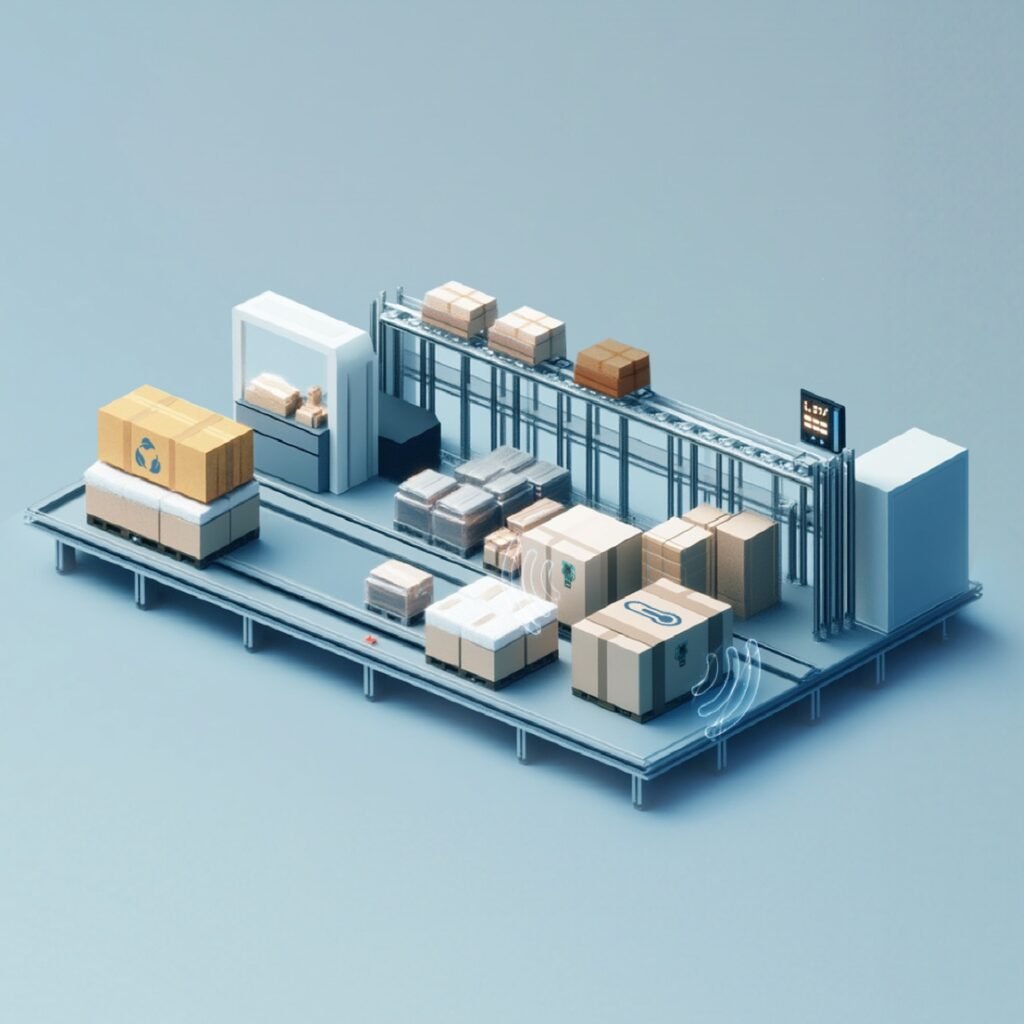The packaging industry has seen tremendous growth in recent years, driven by the need for better efficiency, consumer convenience, and sustainability. A pivotal innovation in this space is smart packaging, which integrates advanced technology with traditional packaging methods. Smart packaging goes beyond its conventional role of merely protecting products—it adds value through enhanced functionality, better communication, and data-driven insights.
Understanding Smart Packaging
Smart packaging combines physical packaging with digital technologies like sensors, Radio-Frequency Identification (RFID) tags, and interactive QR codes. These features allow manufacturers and consumers to monitor, track, and interact with products in real time.
For businesses, smart packaging represents an opportunity to streamline supply chains and improve product management. For consumers, it ensures enhanced transparency and user experience.
Key Features of Smart Packaging
- Intelligent Tracking: RFID tags embedded in packaging enable real-time tracking of products throughout the supply chain. This ensures accountability, prevents loss, and reduces inefficiencies.
- Consumer Engagement: Interactive features such as QR codes and Augmented Reality (AR) transform packaging into a medium for storytelling and product education. Consumers can access detailed product information, usage guides, and even promotions.
- Freshness Monitoring: Smart sensors that track environmental conditions like temperature and humidity help maintain the integrity of perishable products, ensuring they arrive in optimal condition.
Applications in Various Sectors
- Food and Beverages: Smart packaging extends shelf life, monitors freshness, and provides valuable insights to consumers, such as notifications about spoilage.
- Healthcare and Pharmaceuticals: Tamper-proof seals and authentication tools ensure product safety, reduce counterfeiting, and increase consumer trust.
- Retail and E-commerce: Smart packaging enhances inventory management, enabling retailers to reduce waste and streamline logistics.
Challenges in Adoption
Despite its benefits, smart packaging faces challenges, including higher upfront costs and the complexity of integrating advanced technologies. However, these challenges are gradually diminishing as technology becomes more accessible and affordable.
The Future of Smart Packaging
The evolution of smart packaging aligns closely with global trends such as sustainability, digitalization, and consumer-centricity. As businesses embrace these solutions, the packaging industry is poised to become smarter, more efficient, and environmentally conscious.
Smart packaging is no longer a luxury but a necessity in today’s interconnected world. By adopting these innovations, companies can redefine consumer experiences, build trust, and optimize operations.



